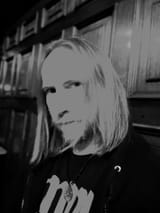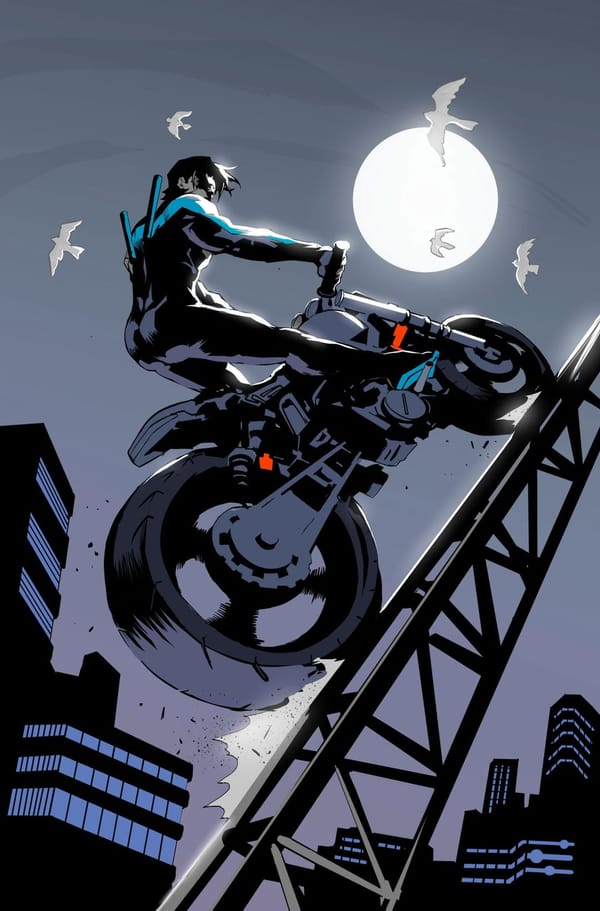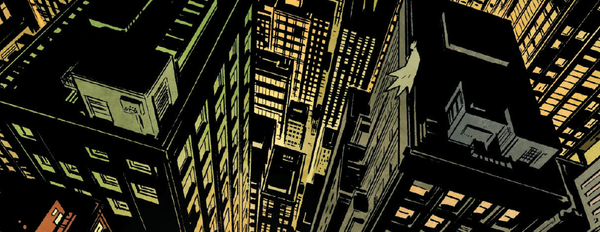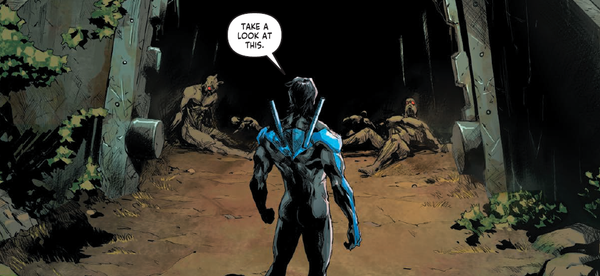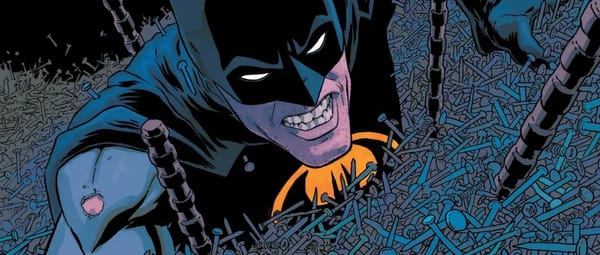thedeadairchannel009

Wrote the below a good few years ago on a trip to Rome, and found it in my files today. I still quite like it, and I'm still playing catch up after NYCC; so here you go.
The room in which John Keats died is a claustrophobic box. The small bedroom takes up a first floor corner of what is now the Keats-Shelley House Museum in Rome. The museum is inconspicuous, but overlooks the Scalinata di Trinità dei Monti- the world famous Spanish Steps. Keats moved there in 1820, advised by his doctor to inhabit a warmer climate due to the sickness that had taken hold of his lungs. Medically trained himself, Keats likely knew he would never return home to Fanny Brawne, the woman he loved. He put the finishing touches to Bright Star, the love sonnet he dedicated to her, on the voyage over from England. The villa that is now a museum was shared by Keats and his friend Joseph Severn. It would have been prime real-estate in any period. Yet the room in which John Keats died is a claustrophobic box.
It’d hardly be big enough to swing a cat in, if one had motivation for cat-swinging while dying of tuberculosis. It's easy to imagine the walls closing in on the poet as he lay there, a prisoner of his own body, his lungs a pair of increasingly violent sentries.
The popular image of Keats the Romantic dying in a far off land is the fragile, boyish writer wasting away. This image was cultivated by the Victorians as they repurposed the poet into a safer, mythical figure of doomed genius. We can assume it was exacerbated by Shelley’s Adonais, his idealized elegy for Keats.
However, standing in Keats’ room it is easy to imagine how the coughing must have reverberated off the walls, each hack amplified into a tinny slap. One imagines Severn, sleeping in the next room, would have found it hard to not resent the sound in lower moments, to resent Keats himself, no matter how dedicated he was to the young writer. Severn would often pull a rented piano into his own room- the apartment’s living room- and play. Keats said music was one of the few things that eased his pain as he waited to die. As he languished in the twilight he already referred to as his “posthumous existence”. Fanny Brawne continued to send him letters, but he no longer opened them. He was no longer there.
In Bright Star, Keats wrote of a desire to be “steadfast” and ever-watching, like a star in the night’s sky. But at the end of his life he had become a ghost. After he died, the Italian authorities burned everything in his bedroom for “the purposes of public safety”. The furniture, bed and even wall scrapings went up in smoke. Keats didn’t leave a trace… or the trace he did leave was a spectral one. The room today has been made up to look as it did during his final days; with the addition of the standard museum trappings. A replica of his bed is pushed up against the wall, replete with a small, postcard-like sign requesting visitors do not touch it. This, despite the fact that it is not Keats’ bed. He was never there.
By the head of the bed, where we may expect a bedside table holding the bottles of laudanum he fiercely demanded from his doctor (who refused to allow him enough to suicide on) there hangs a death-mask of his face. A bumpy nose and thin lips, closed a little too tight, compressed by the weight of the plaster on the corpse’s face. Here is the most accurate representation of the man we will ever see, and it is rendered in deathly pallor, with eyes we can tell are empty despite the fact that they are closed. The dead man’s face hangs unseeing over the dead man’s room. Keats is not there.
If Keats is not in the room where he died, where is he? Leave the museum through the gift shop, hop on the Metro, and in twenty-five hot and crowded minutes we arrive at the poet’s grave. Buried in the Non-Catholic Graveyard, Keats’ bones reside in the shade of the Piramide di Caio Cestio, a 2000 year old pyramid that sits bizarrely on the corner of a busy main road, built into the Aurelian Walls of the city- giving it the air of something that has grown rather than built. The graveyard is well maintained and a home to dozens of stray cats, who are equally well maintained by the volunteers who feed and water them. (Keats, who composed a sonnet To Mrs Reynolds’ Cat would have liked this.) Much as he did in the villa by the Scalinata, Keats lies in a corner of the cemetery, and much as in the villa by the Scalinata, Severn lies next door. The two men share a plot; and yet to know this requires some (slight) deduction on our behalf. The inscription on Keats’ gravestone reads:
“This Grave contains all that was mortal, of a Young English Poet, who on his Death Bed, in the Bitterness of his heart, at the Malicious Power of his enemies, desired these words to be Engraven on his Tomb Stone:
Here lies One Whose Name was writ in Water.”
“John Keats” by name, is not there. And yet on Severn’s grave, visible from the same bench on which poetry pilgrims can often be found sitting, we may read:
“To the memory of Joseph Severn Devoted friend and death-bed companion
of
John Keats
whom he lived to see numbered among the Immortal Poets of England”
The devotion to another required to have them dominate one’s own tombstone is a staggering thought. Yet Keats is not here either. This is another man’s grave.
For the amusement of Kieron Gillen, let's smash cut from Keats to Cyberpunk 2077.
Via Comicsbeat, Cyberpunk 2077: Psycho Squad was announced last week from Dark Horse Comics. Written by me, with artist Kieran McKeown, colorist Giada Marchisio, and letterer Frank Cvetkovic, the book delves into MaxTac, the elite cyberpsycho-hunting police unit from the game.
It's a testament to how rich Cyberpunk lore is that no one's tackled MaxTac in any detail before. They're a horrible, fascinating lot. The book is one of the darkest things I've written in a hot minute. Issue 1 comes out February 12, and look at this wealth of variant covers:
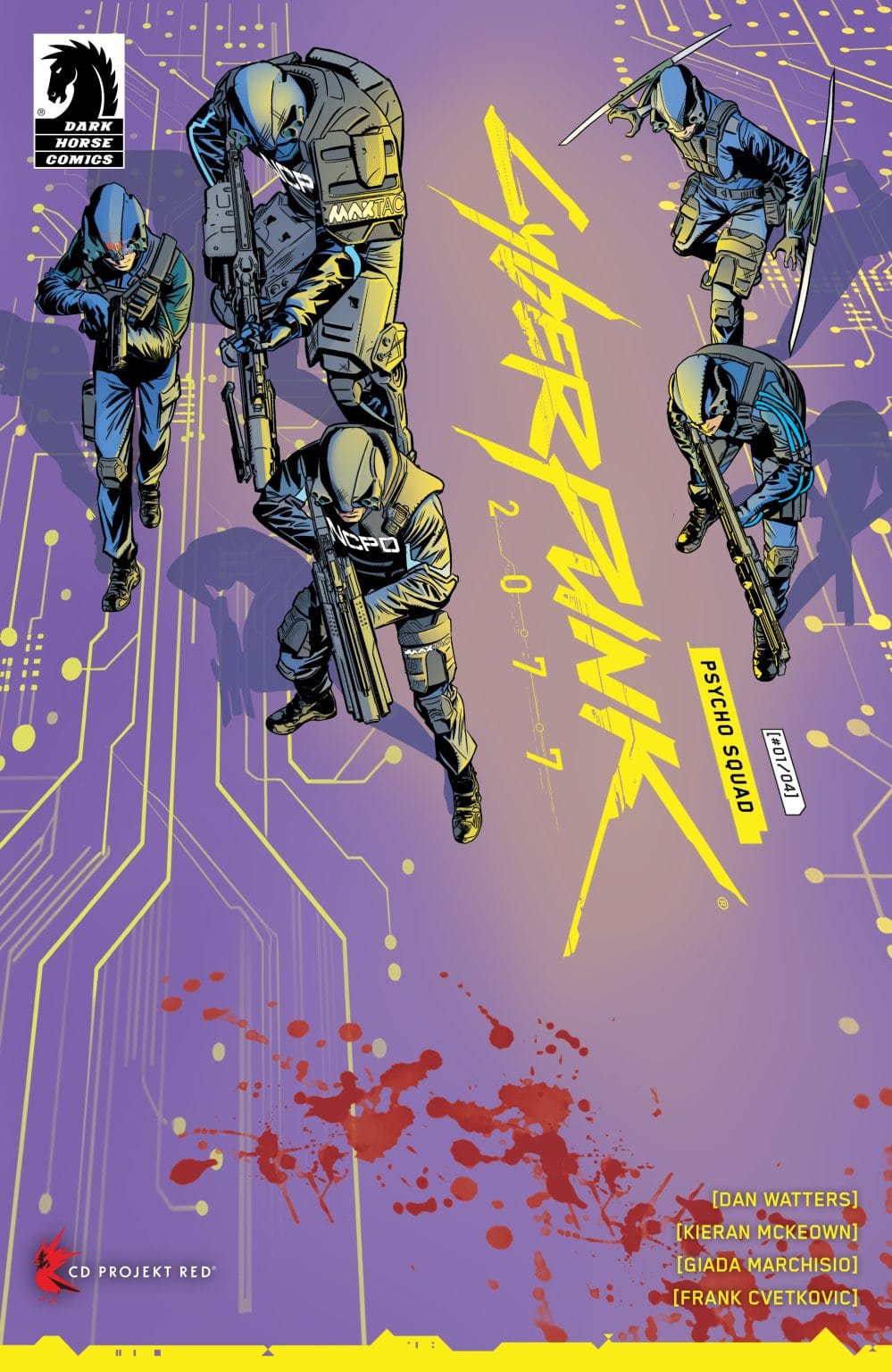
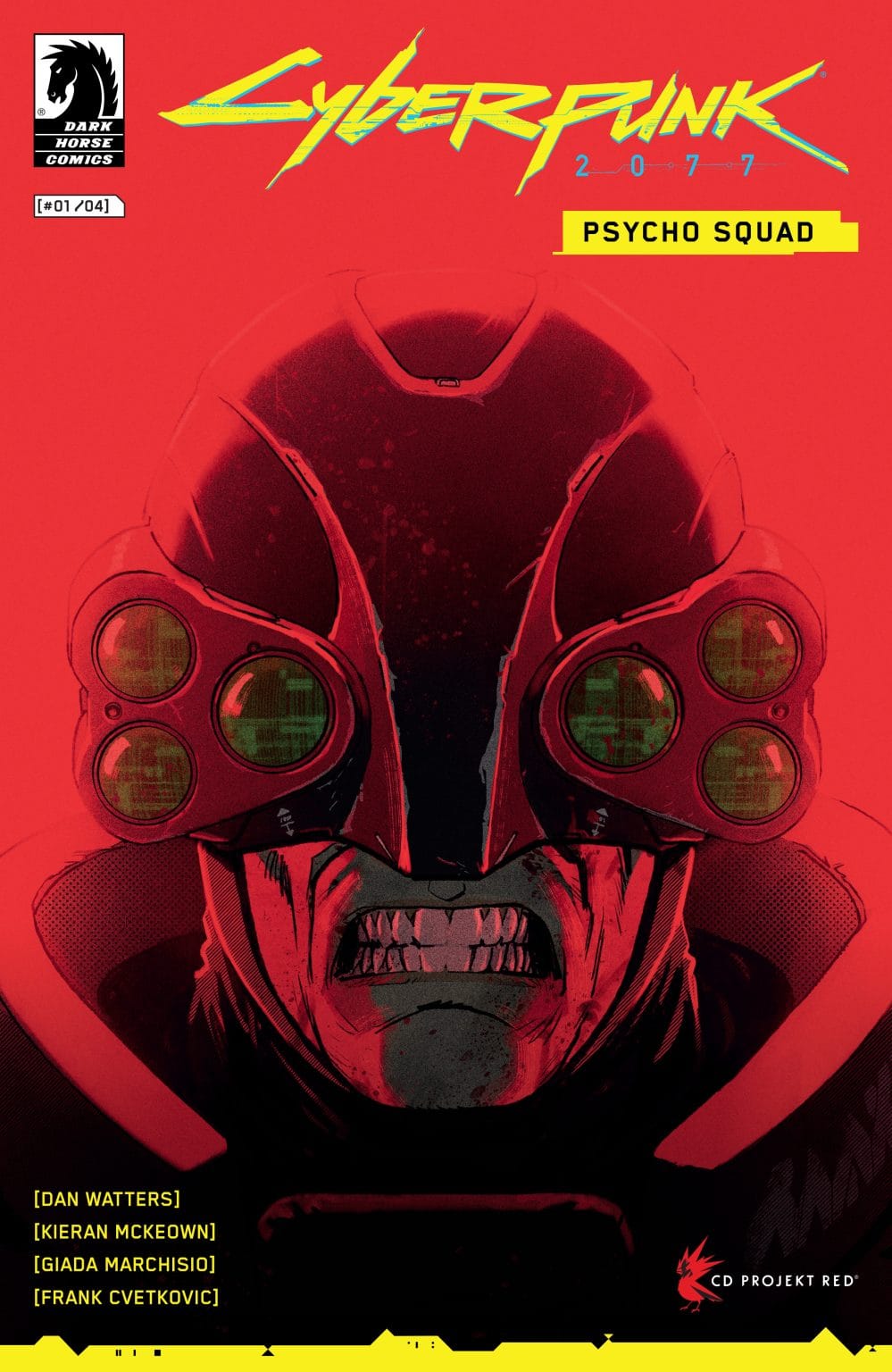
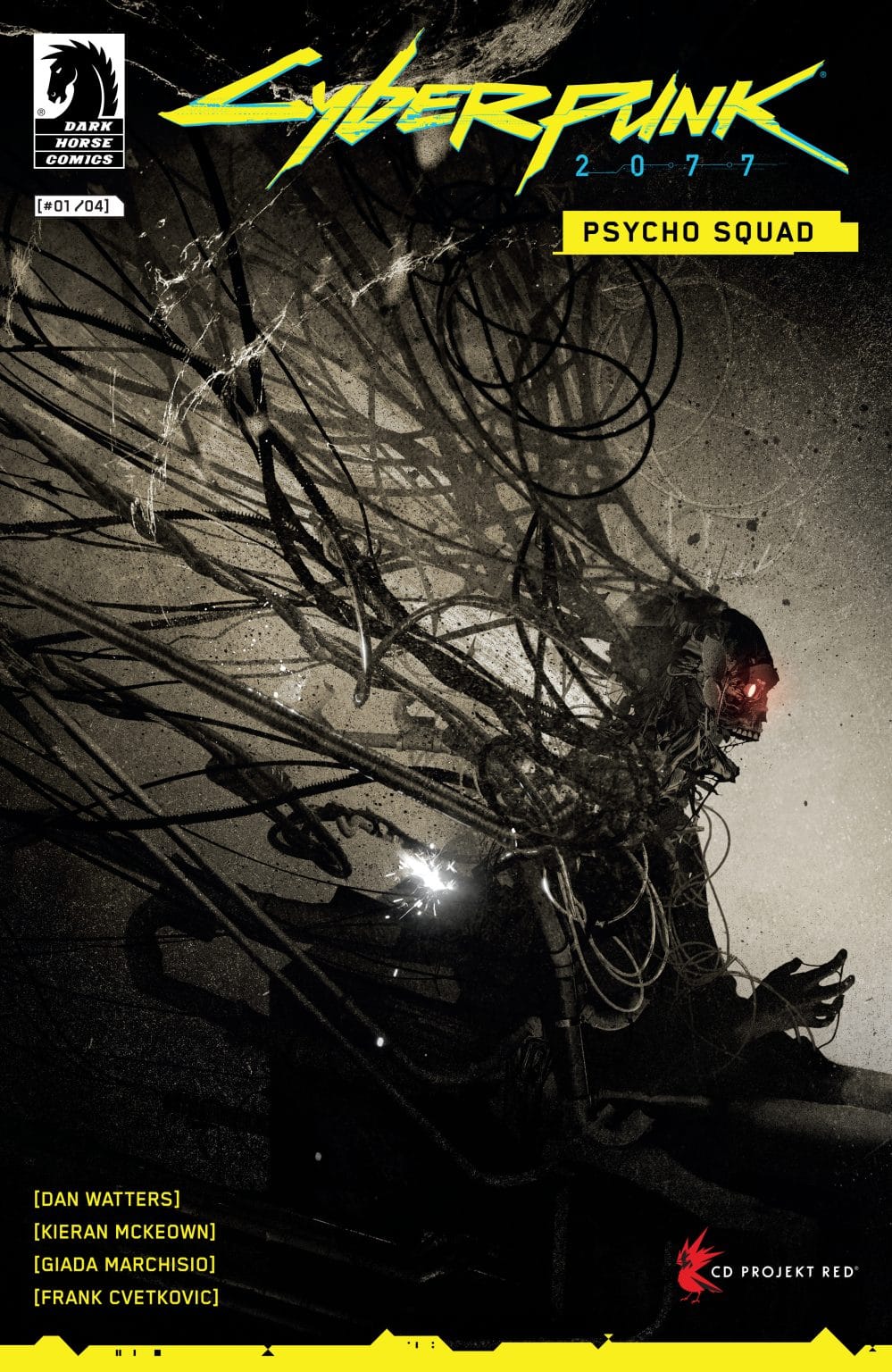
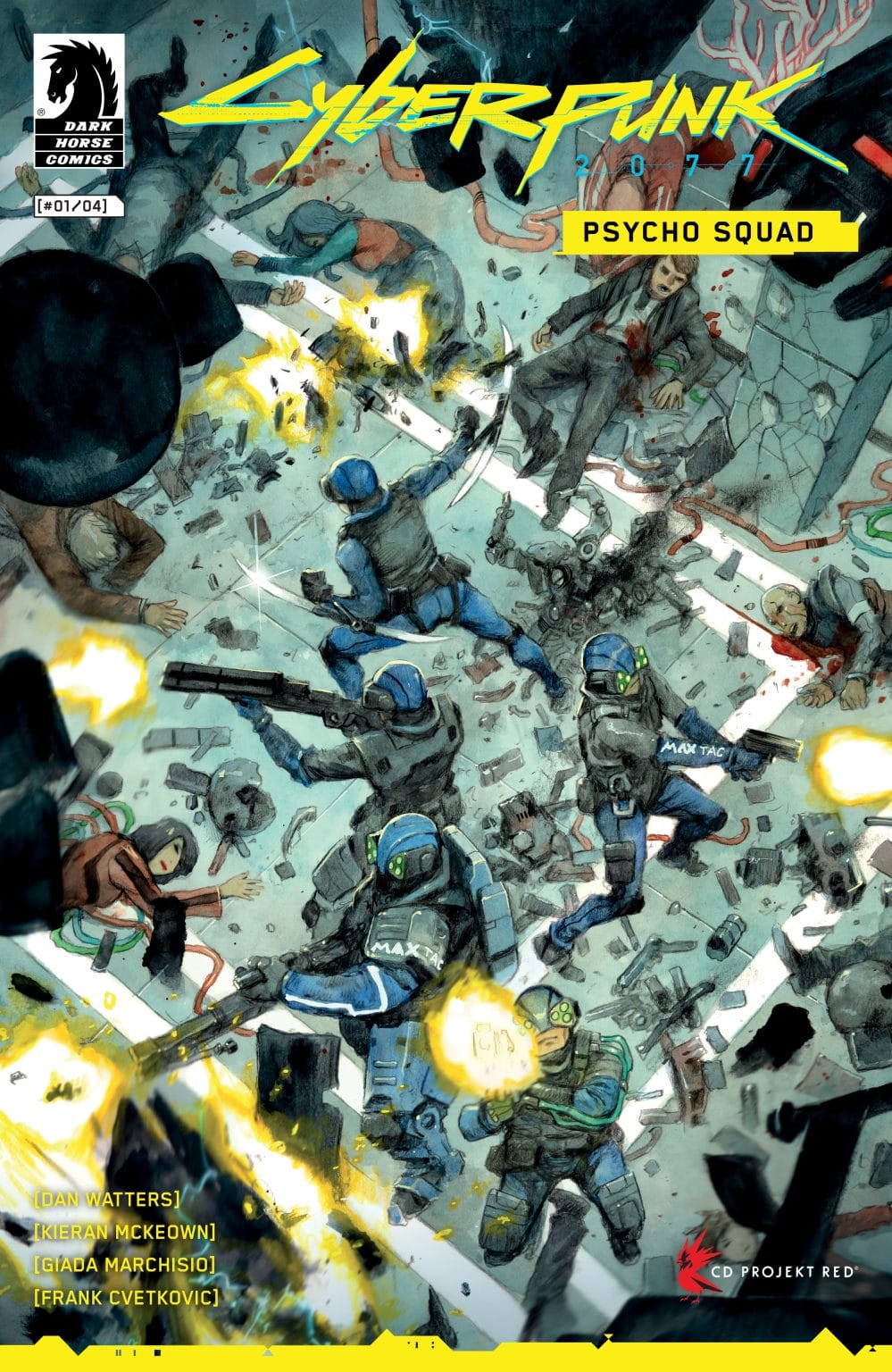
main cover by McKeown and Marchisio, variants by Miguel Valderrama, Alex Eckman-Lawn, and Niko Henrichon
In Cyberpunk 2077: Psycho Squad MaxTac, one of the deadliest and most controversial forces in Night City, is deployed against a corpo netrunner turned cyberpsycho. The squad’s mission is to eliminate the target and save lives as long as nothing goes wrong. But with the building on lockdown, the psycho has the facilities and its occupants wired for destruction!
Also revealed since NYCC: the covers to Batman: Dark Patterns #2. Main cover by Hayden Sherman, variant by Martin Simmonds.
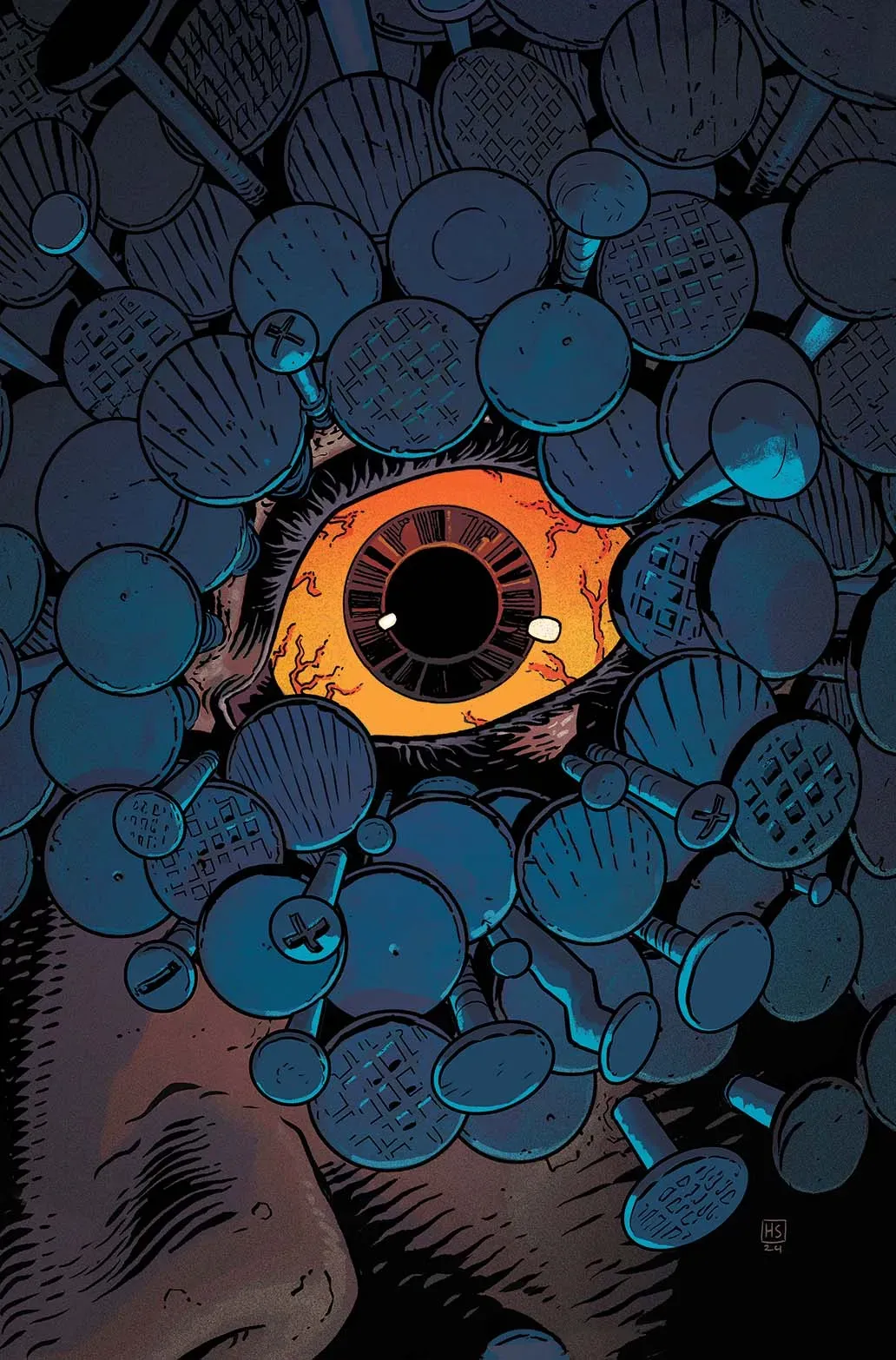
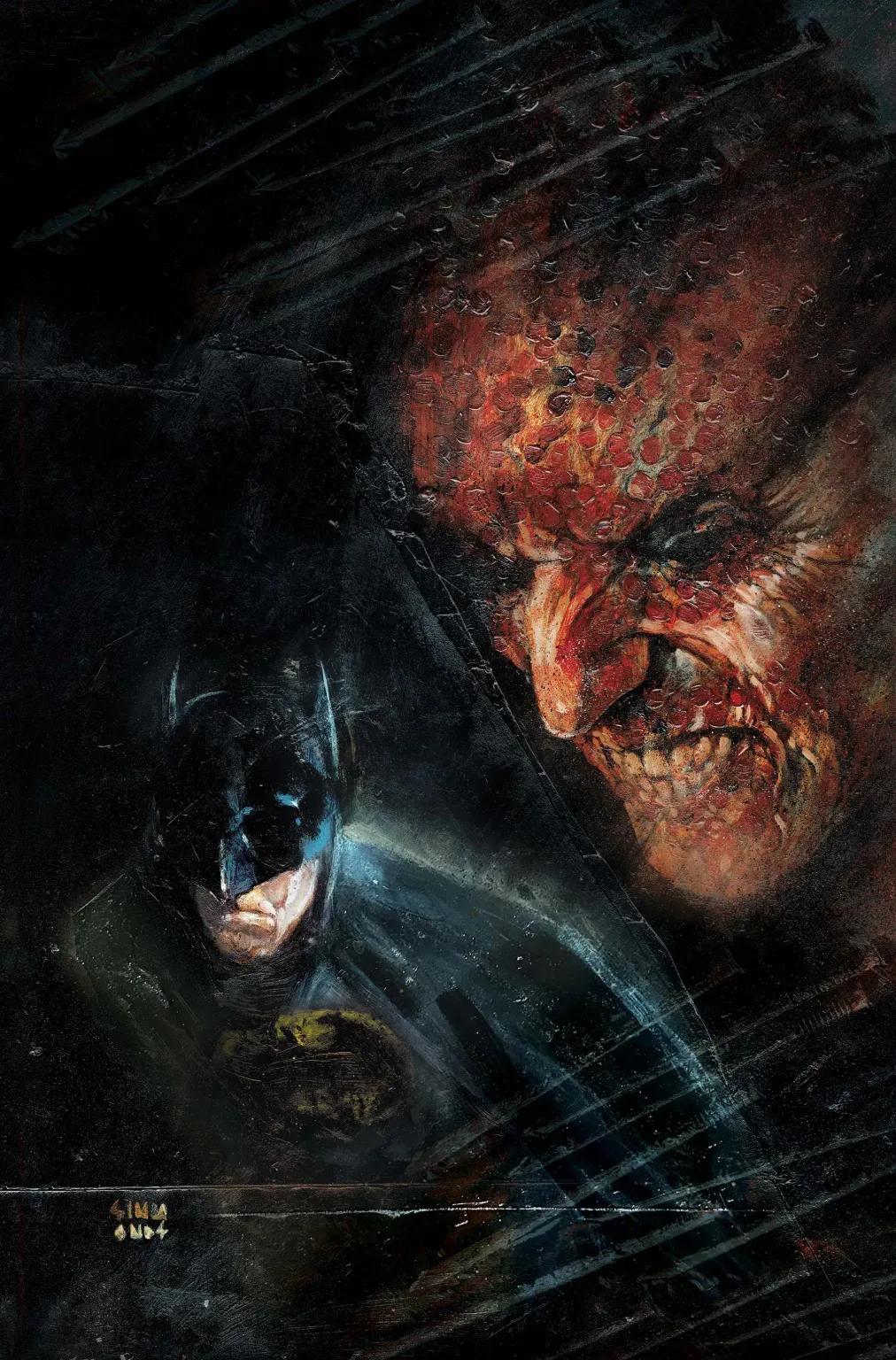
Both offer a glimpse at the Wound Man- the new threat debuting in our first arc. I've worked in Gotham for a while at this point, but haven't really contributed new villains to Batman's rogue's gallery. This one Hayden and I have dreamed up is something quite unique. He can't wait to meet you in December.
As the mysterious Wound Man’s body count rises higher and higher, the Dark Knight Detective must descend into the festering depths of Gotham’s past to uncover the secret truth at the heart of Wound Man’s crimes.
I failed to get a newsletter out the door last week. I'd hoped to for the release of Nightwing 119, but in the pandemonium of post-NYCC and the release of the book itself, I just couldn't find the time.
The response to the issue has been overwhelmingly warm, which is rather a relief. We had big shoes to fill following Tom Taylor and Bruno Redondo's epoch-defining run, so it's a pleasure to see people enjoying a slightly different direction for the former boy wonder.
On the day of release I was signing at Everyone Comics in Queens, which is a fantastic, inviting local comic store. If you're ever in Long Island City, I'd implore you to check it out. I wasn't expecting too much of a turnout three days after New York Comic Con, but I ended up signing books for an hour and a half. It was a pleasure, despite my still having very little voice after the convention.
I also did an AMA on r/Nightwing last Friday, in which I answered as many questions as I could over a course of a few hours. So if you've any impetus to try and parse where we're heading with the book, it might be worth a browse.
NYCC was a maelstrom of catching up, drinking Guinness, signing books, drinking Guinness, taking meetings, and even drinking some Guinness. I slept about 4 hours a night between Wednesday and Sunday, which is too little even for me. But a whole load of my very favourite people were in town, who I get to see far too little of these days, so sleep was a small price to pay. I'm almost starting to feel human again, eight days later. Thanks to all who came by the table to say hi.
Yesterday I submitted the final draft of Cyberpunk issue 4, the first draft of a Dark Patterns script, a script for something unannounced with DaNi, as well as a pitch for a DC project that I'm chomping at the bit to get started on.
Which was quite a Monday.
Obviously I didn't write all of those things yesterday. Most were in a limbo state of nearly-finished-but-not-quite-there, so the day became one of tying up loose ends, rattling from project to project. Hence why I dug something out from the archives for the beginning of this letter.
My desk is now a little more clear, but that's relative. I have another pitch and another outline due, and then I'm spending the rest of the week working on Nightwing issue 123, which rounds out the first six issue arc of Dex and my run.
At this point, having spent two weeks deep in the parts of the job that are writing adjacent, I'm excited to just sit down and write. I've been looking forward to this script in particular; a lot of the threads we've been building across the arc snap together, and the shape of our story becomes clear.
And I'm being taken to Halloween Drag Bingo later, so I'd better bloody get on with it.
Happy Halloween. Happy Devil's Night. See you next week.
This has been thedeadairchannel. A transmission from the desk of Dan Watters. Please do subscribe.
